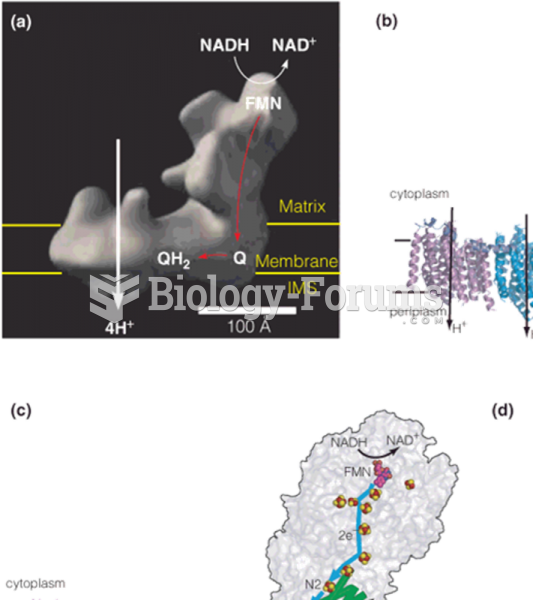|
|
|
Medication errors are more common among seriously ill patients than with those with minor conditions.
People often find it difficult to accept the idea that bacteria can be beneficial and improve health. Lactic acid bacteria are good, and when eaten, these bacteria improve health and increase longevity. These bacteria included in foods such as yogurt.
In most cases, kidneys can recover from almost complete loss of function, such as in acute kidney (renal) failure.
On average, someone in the United States has a stroke about every 40 seconds. This is about 795,000 people per year.
The top five reasons that children stay home from school are as follows: colds, stomach flu (gastroenteritis), ear infection (otitis media), pink eye (conjunctivitis), and sore throat.







